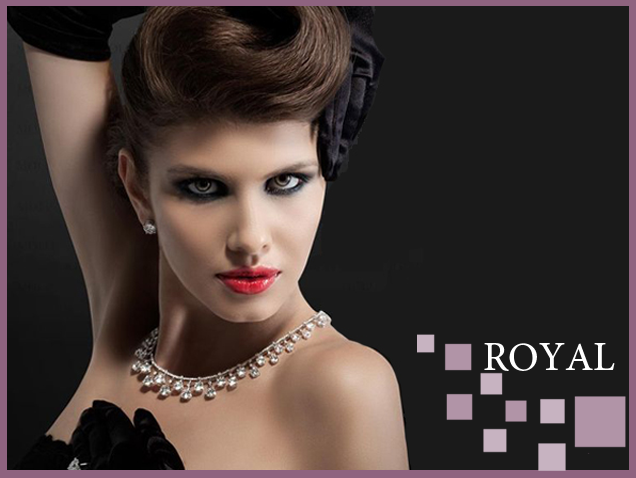Rough Diamond

Rough diamonds are revered for their pure, untouched state and natural beauty. Their value lies both in their beauty and raw material and many do not know that actually it is the cost of the rough diamond that determines the price of a polished diamond. The cost of cutting and polishing a diamond adds only a tiny fraction to its price. Even if the diamond goes on to become polished, its polished price is still determined by what it was worth in its original, natural rough form. It is commonly believed that the cut of a diamond is the most important cost deciding factor, but in actuality, even the most perfect cut of a diamond would only add a small percentage to its overall value. Just like their polished counterparts, rough diamonds are assessed on a variety of factors. Each factor adds a different dimension to the diamond. A one carat diamond, for example, could be valued higher than a two carat diamond, if its brilliance is especially exceptional.





